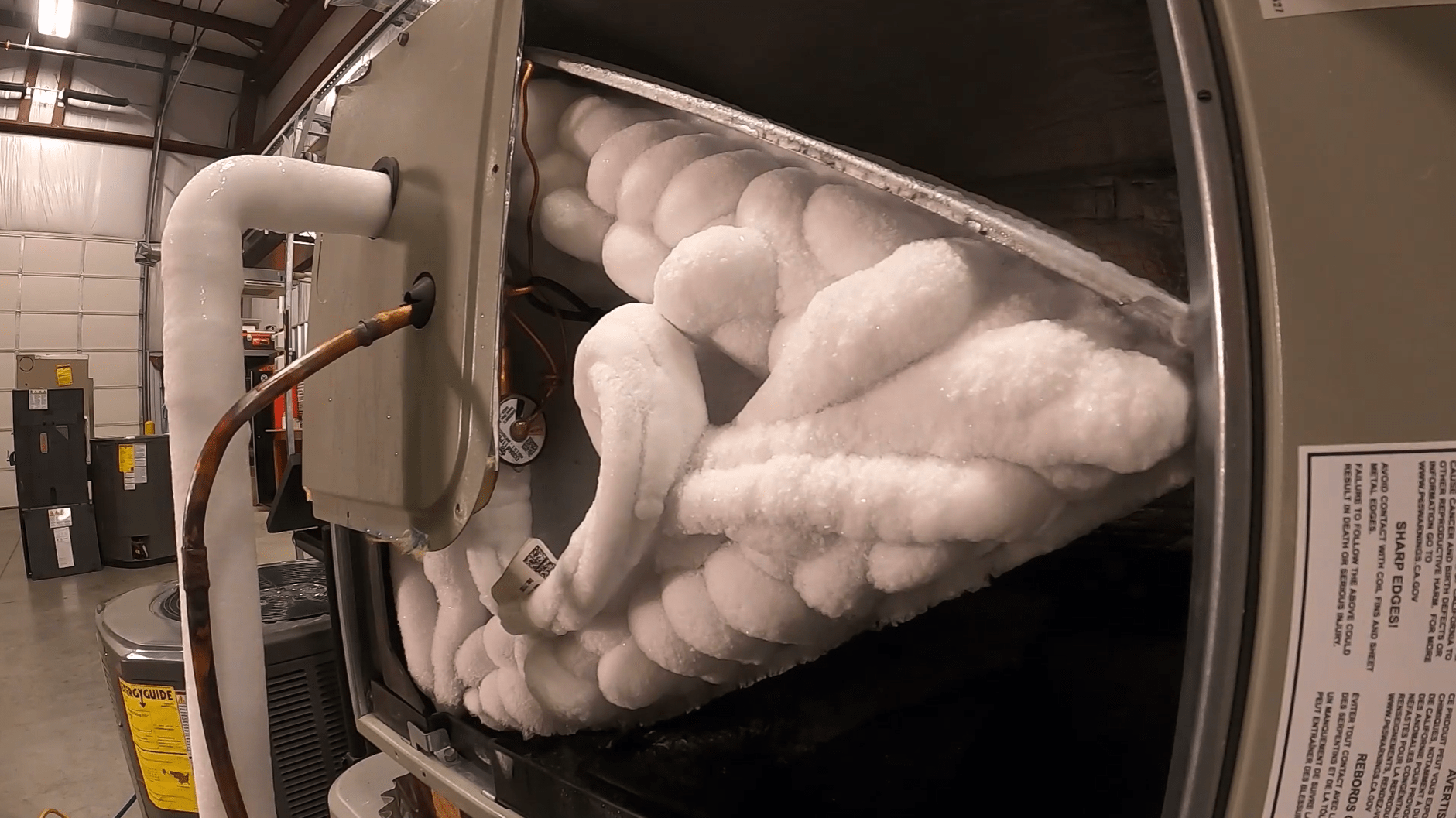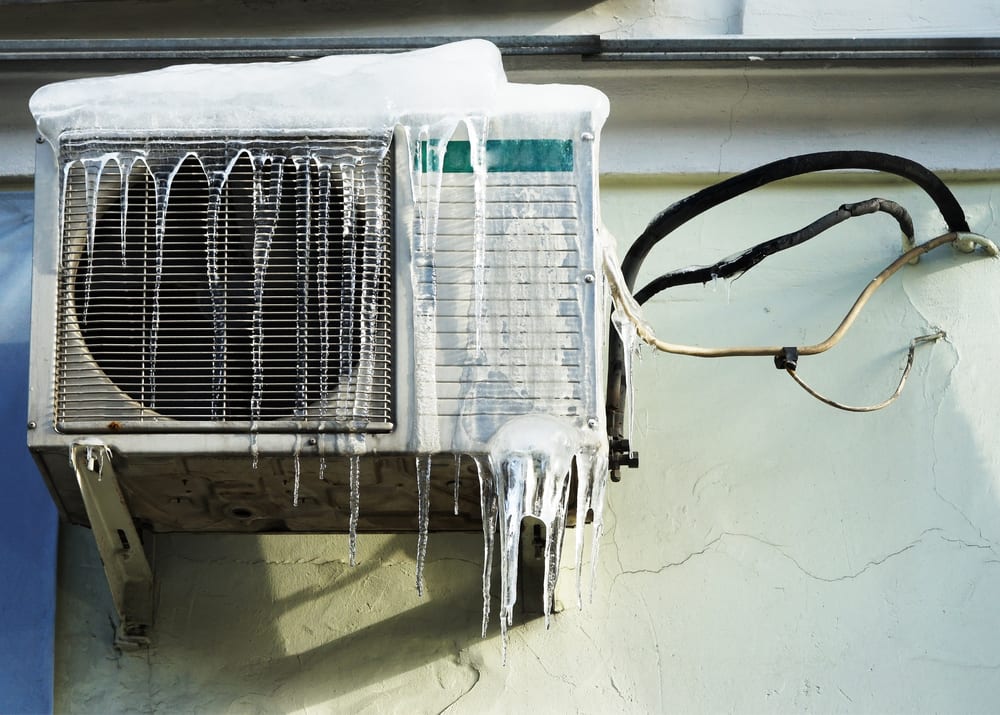Right here in the next paragraph you can find more sound insight concerning How can I fix an air conditioner’s frozen pipe?.

Introduction
Discovering that your air conditioner pipe is iced up can be concerning, specifically throughout hot summer months when you count on your a/c unit the most. Comprehending what to do in such a circumstance is vital to prevent more damages to your cooling system and ensure your convenience inside.
Understanding the Causes
Several aspects can add to the cold of an a/c pipeline. Recognizing these causes can assist you deal with the issue properly.
Lack of Airflow
One common reason for a frozen AC pipeline is inadequate air movement. When the air flow over the evaporator coil is restricted, it can trigger the coil to drop below freezing temperature level, leading to ice development on the pipeline.
Low Refrigerant Levels
Not enough refrigerant levels in your AC system can also cause an icy pipe. Low cooling agent degrees can create the stress in the system to drop, causing the freezing of wetness on the evaporator coil.
Winter Conditions
In chillier climates, freezing temperatures outside can add to the cold of air conditioner pipelines. If your a/c device is not properly insulated or if there are leakages in the ductwork, cool air can infiltrate the system, creating the pipe to freeze.
Dirty Air Filters
Filthy or stopped up air filters can restrict air movement in your a/c system, resulting in various issues, including an icy pipeline. It's vital to change or clean your air filterings system consistently to ensure correct air movement and protect against ice build-up.
Indicators of a Frozen AC Pipe
Identifying the indications of a frozen a/c pipe is crucial for prompt activity.
Lowered Airflow
If you see a considerable reduction in air flow from your vents, it can suggest an icy pipe.
Ice Buildup on the Pipe
Visible ice buildup on the cooling agent line or the evaporator coil is a clear indication of an icy a/c pipe.
Unusual Sounds from the Unit
Uncommon sounds, such as hissing or gurgling, originating from your air conditioning unit can signal that there's ice existing on the pipeline.
Immediate Actions to Take
When faced with a frozen AC pipe, it's important to act promptly to stop more damage to your cooling system.
Switching off the a/c
The first step is to switch off your ac unit to stop the system from running and aggravating the issue.
Looking for Blockages
Evaluate the area around the indoor device for any type of obstructions that might be obstructing air flow, such as furnishings or drapes.
Defrosting the Pipe
You can utilize mild methods like positioning towels soaked in cozy water around the frozen pipeline to aid thaw it gradually.
Safety nets
Taking preventive measures can help avoid future incidents of an icy AC pipeline.
When DIY Methods Fail
If your attempts to thaw the pipeline or address other problems are unsuccessful, it's time to employ a professional.
Significance of Hiring a Professional HVAC Technician
A licensed HVAC professional has the proficiency and devices required to identify and fix problems with your air conditioning system securely and efficiently.
Normal Maintenance Checks
Arrange routine upkeep talk to a professional HVAC technician to ensure that your air conditioner system is running effectively.
Altering Air Filters
Frequently replace or cleanse your air filters to stop air movement constraints and maintain optimal performance.
Protecting Exposed Pipes
If your AC pipes are subjected to chilly temperatures, take into consideration shielding them to avoid freezing throughout winter season.
Looking For Professional Help
If DIY methods fall short to resolve the concern or if you're uncertain about exactly how to proceed, it's ideal to seek assistance from a qualified HVAC technician.
Final thought
Dealing with a frozen air conditioner pipeline can be a discouraging experience, yet knowing exactly how to respond can help reduce damages and restore comfort to your home. By recognizing the causes, acknowledging the signs, and taking timely action, you can effectively deal with the issue and protect against future occurrences.
What to Do If Your AC Line Is Frozen
Make Sure All Supply and Return Air Vents Are Open
If you notice problems with airflow, the first thing you should do is check your supply and return vents. Supply vents distribute clean, conditioned air throughout your home. As this air becomes stale, it’s pulled into the return vent, where it’s reconditioned before being sent back out through the supply vent.
When these vents are closed, air won’t flow in the home. Before examining your AC, check the vents in every room and ensure they’re all open.
Check for a Dirty Air Filter
Another possible cause of limited airflow is a dirty air filter. Your air conditioner’s filters catch elements you don’t want to breathe in, such as dirt and dust. Over time, filters can become clogged, ultimately blocking air from flowing in and out. The lack of airflow can then cause the entire coil to freeze and will completely restrict any air from moving through it. The AC may need to be powered off for one to two days to allow the coil to thaw after replacing the filter to allow proper functioning of the unit. This debris can also accumulate on your AC’s evaporator coil, requiring a more serious repair. In general, air filters should be cleaned regularly (about every two weeks).
Assess Your Outdoor Unit
In addition to checking your AC, assessing the outdoor unit is a good idea. Also known as the condensing unit, it works with your interior unit to release heat outside. An issue with the outdoor unit can result in rising internal temperatures.
Overgrown Shrubs or Clogged Leaves
From leaves and twigs to shrubs and debris, there’s no shortage of outdoor elements that can accumulate around your condensing unit. When these elements get lodged inside the unit, they can block airflow. Fortunately, removing the blockage can solve the problem.
Sounds of a Broken Fan
Shrubs and leaves aren’t the only things that can impede your outdoor unit’s airflow. If the fan is broken, the unit won’t be able to properly get rid of heat — which means the internal temperature won’t go down. First, make sure the fan is spinning. If it is, check for the following sounds of a broken fan:
Buzzing Rattling Screeching Hissing Clicking Preventative Measures
Nobody wants to deal with a frozen AC line. In addition to causing problems with your air conditioner, they require professional repairs. On the bright side, there are preventative measures you can take to help ensure this issue doesn’t arise in the first place.
https://www.coopergreenteam.com/blog/what-to-do-if-ac-line-frozen

We were shown that editorial on What Do I Do If My AC Pipe Is Frozen through someone on another web property. Be sure to set aside a second to distribute this entry if you enjoyed it. Bless you for your time. Don't hesitate to pay a visit to our blog back soon.
Contact